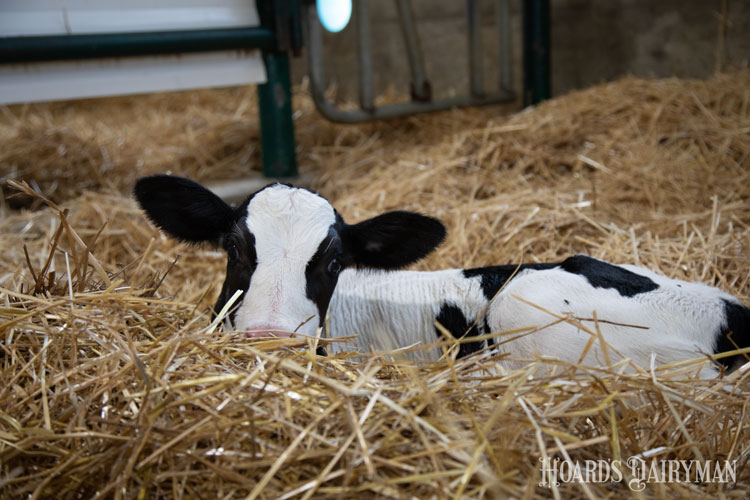
Genetic selection is a powerful tool to make changes in a population, and in dairy cattle, that has proven true many times over. One illustration of this is that, even when considering all of the farm management improvements made in recent generations, 60% of the rapid climb in milk production per cow since 1957 is due to genetic selection.
Genetics provide an industry with a cumulative and permanent way to make change, explained Francisco Peñagaricano during the Dairy Cattle Reproduction Council Annual Meeting. They allow farmers the ability to improve traits that boost revenue or reduce expenses.
Since 2009, that opportunity has been shifted into overdrive with the insights gained from genomic data.
In fact, genomics have doubled the genetic gains made in milk production, said the professor from the University of Wisconsin-Madison. Even more remarkably, they have helped gains in fitness traits triple. That includes traits like daughter pregnancy rate (DPR) and heifer and cow conception rate (HCR and CCR) that, although lowly heritable, have made steady progress and contributed to better efficiencies on dairies around the country.
To illustrate the point, Peñagaricano explained a study his group performed that compared DPR data with first service pregnancy rate of more than 3,000 first lactation animals. The animals that had the highest genomic DPR data at weaning then needed the fewest services to get pregnant for the first time. The reverse was true for the animals that were identified at a young age as having the lowest DPR.
Simply put, genomics work, said Peñagaricano. They are accurate, and they allow dairy farmers to effectively predict an animal’s performance more accurately than solely using sire predicted transmitting ability (PTA) data. As many farmers have taken advantage of, genomic data can be a valuable tool in selecting what replacements to keep and how to breed them.
New opportunities
Genomic information is an intimate look at an animal’s genome to determine what potential it holds. That means it gives the dairy industry the opportunity to look more deeply into traits that could prove to be important but are difficult and/or expensive to measure in a cattle population, Peñagaricano added.
There is no shortage of traits to assess in an animal’s genomic evaluation, but the geneticist proposed that different fertility and health traits that are more closely related to cattle physiology would be more useful. For example, he said, estrus expression could be a good indicator of fertility as it has been shown to be related to conception rate, and fetal loss also appears to be significantly heritable. Genomic information could help inform traits such as these, which his lab is studying.
Regardless of what future genomic indexes might look like, there is no question that the tool has been a gamechanger for the dairy industry and allowed farmers to make more efficient decisions for their herds. As more animals are tested and the database of information grows, that tool is only going to become more valuable.








